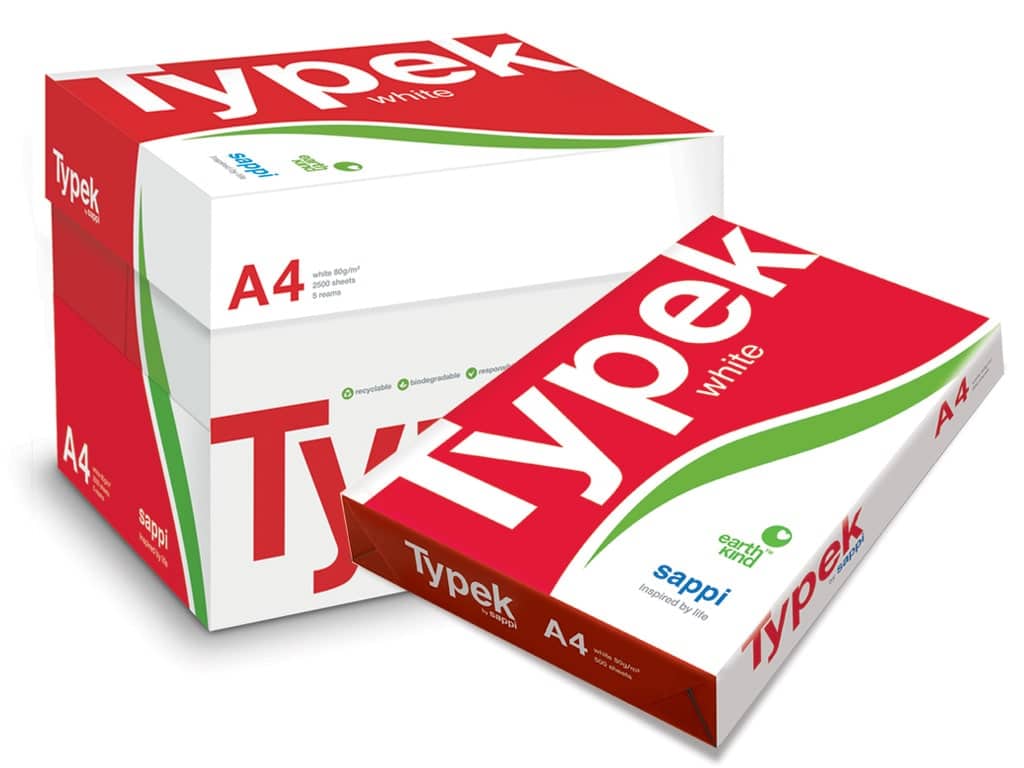Tips for Writing Authentic and Memorable Conversations

In the realm of literature, authentic and memorable conversations are more than just exchanges of words between characters. They serve as powerful vehicles for conveying emotions, advancing plot lines, and deepening reader engagement. Understanding the significance of crafting dialogue that feels genuine and resonates with readers is paramount for writers, especially those seeking professional ghostwriters. Effective dialogue not only breathes life into characters but also immerses readers into the world of the story. Fostering a connection that lingers long after the final page is turned.
The Art of Dialogue
Dialogue serves as a cornerstone of storytelling, allowing writers to showcase character dynamics, reveal motivations, and propel narratives forward. At its core, effective dialogue hinges on several fundamental elements. These include natural flow, authenticity, and relevance to the plot. Each line should contribute meaningfully to character development or story progression. It ensures that every word serves a purpose in driving the narrative forward.
Capturing Natural Speech Patterns
Mimicking the nuances of real-life speech is essential for creating dialogue that feels authentic and relatable to readers. Techniques such as observing everyday conversations, and incorporating pauses and interruptions can help writers emulate the rhythm. By capturing the idiosyncrasies of language, writers can breathe life into their characters and infuse their dialogue with authenticity.
Character Voice and Personality
One of the hallmarks of compelling dialogue is the ability to differentiate between characters through their unique voices and personalities. Each character should speak in a manner consistent with their background, upbringing, and temperament. Whether it’s through the use of distinct vocabulary, speech patterns, or cultural references, developing individualised voices for characters enhances the authenticity of their interactions and fosters a deeper connection with readers.
Professional ghostwriting services understand the importance of maintaining consistency in character voices throughout a narrative. By meticulously crafting dialogue that reflects each character’s personality and motivations, ghostwriters can ensure a seamless reading experience that resonates with the intended audience.
Subtext and Implied Meaning
In the art of writing dialogue, subtext, and implied meaning play a crucial role in adding depth and nuance to conversations. Subtext refers to the underlying message or implicit meaning conveyed through dialogue, often through indirect or subtle cues. Leveraging subtext allows writers to imbue their dialogue with layers of meaning, enriching the narrative and engaging readers on a deeper level.
When crafting dialogue for ebook marketing services in the USA, writers can employ various techniques to leverage subtext effectively. This may involve incorporating unspoken tensions, hidden agendas, or underlying emotions into characters’ interactions. By allowing subtext to subtly shape dialogue, writers can create dynamic and multi-dimensional exchanges that resonate with readers.
Using Dialogue to Advance Plot and Character Development
Dialogue serves as a powerful tool for advancing plotlines and developing characters, allowing writers to “show” rather than “tell” key aspects of the story. By using dialogue to reveal characters’ thoughts, feelings, and motivations, writers can deepen reader understanding and empathy, driving the narrative forward in a compelling and immersive manner.
For ebook marketing services in the USA, dialogue can be strategically employed to convey essential information about products, services, or marketing strategies. Instead of relying solely on exposition or narration, writers can use dialogue to demonstrate the effectiveness of marketing techniques, illustrate client interactions, or showcase the impact of successful campaigns. By integrating dialogue seamlessly into the narrative, writers can engage readers while subtly promoting ebook marketing services.
Avoiding Common Pitfalls
While dialogue can be a potent tool for storytelling, writers must be mindful of common pitfalls that can detract from its effectiveness. One such pitfall is unnatural or stilted dialogue, which can disrupt the flow of the narrative and undermine reader immersion. To avoid this, writers should strive to create dialogue that sounds authentic to life. Moreover incorporate realistic speech patterns, vocabulary, and pacing.
Additionally, writers should be wary of over-exposition or dialogue that feels forced or contrived. Instead of using dialogue as a vehicle for conveying information directly, writers should aim to integrate exposition organically into the narrative. This allows readers to infer details through context and subtext.
Editing and Revision
Effective dialogue is often the result of careful editing and revision, refining each line to ensure clarity, authenticity, and impact. During the editing process, writers should scrutinize their dialogue for inconsistencies, redundancies, or awkward phrasing, making necessary revisions to enhance readability and coherence.
For ebook marketing services in the USA, editing and revision are essential steps in refining dialogue to effectively communicate key marketing messages. Writers should focus on crafting dialogue that resonates with the target audience, aligns with brand voice and messaging, and effectively conveys the benefits of ebook marketing services USA. By prioritizing clarity, authenticity, and impact in dialogue, writers can create compelling narratives that captivate readers and drive business success.
Practice Exercises and Prompts
- Character Monologues: Select a character from your current work-in-progress or create a new character. Write a monologue in which the character reflects on a significant event, emotion, or decision. Focus on capturing the character’s voice, personality, and inner thoughts through their speech.
- Dialogue Duels: Choose two characters with conflicting viewpoints or goals. Write a scene in which they engage in a heated debate or argument. Pay attention to the dynamics of the conversation, including shifts in tone, pacing, and power dynamics.
- Experiential Dialogue: Set a scene in a specific location or situation, such as a crowded café, a tense boardroom meeting, or a romantic dinner date. Write dialogue that captures the atmosphere and mood of the scene, incorporating sensory details and non-verbal cues to enhance realism.
- Character Interviews: Imagine a journalist interviewing one of your characters about their background, motivations, and experiences. Write the interview as a dialogue, alternating between questions and answers. Use the opportunity to deepen your understanding of the character and reveal new insights to your readers.
- Flash Fiction Dialogue: Write a short piece of flash fiction consisting entirely of dialogue between two characters. Challenge yourself to convey a complete story arc, including conflict, resolution, and character development, within a limited word count.
- Role Reversal: Take two characters with contrasting personalities or roles (e.g., mentor/student, hero/villain) and swap their dialogue. Write a scene in which each character adopts the speech patterns and mannerisms of the other. Explore how this role reversal affects the dynamics of their interaction.
- Dialogue in Action: Choose a scene from a favorite book or movie that features impactful dialogue. Transcribe the dialogue and analyze its effectiveness in conveying character traits. Advancing the plot, and eliciting emotional responses from the audience. Use insights gained from the analysis to inform your dialogue-writing practice.
By engaging in these practice exercises and prompts, writers can develop their dialogue-writing skills, experiment with different techniques, and ultimately, create more authentic and engaging conversations in their storytelling.
Conclusion
In conclusion, the ability to craft authentic and memorable conversations is a hallmark of effective storytelling. Dialogue serves as a window into the hearts and minds of characters, allowing readers to connect with their experiences, emotions, and aspirations on a deeper level.
By understanding the fundamental elements of dialogue, such as subtext, character voice, and plot advancement, writers can create narratives that resonate with readers and leave a lasting impression.Through the practice of dialogue exercises and prompts, writers can hone their skills, experiment with different techniques, and refine their craft. Whether through character monologues, dialogue duels, or experiential scenes, each exercise offers an opportunity to explore the nuances of conversation and elevate the quality of storytelling.
As writers continue to develop their dialogue-writing skills, it’s essential to remember the importance of authenticity in conversations. By prioritizing these elements, writers can create dialogue that feels genuine. It enriches the reader’s experience while bringing their stories to life.
In essence, authentic and memorable conversations are the heart and soul of storytelling. Breathing life into characters, driving narrative momentum, and capturing the imagination of readers. By embracing the art of dialogue and investing in deliberate practice, writers can master this essential aspect of storytelling and create narratives that resonate long after the final page is turned.











